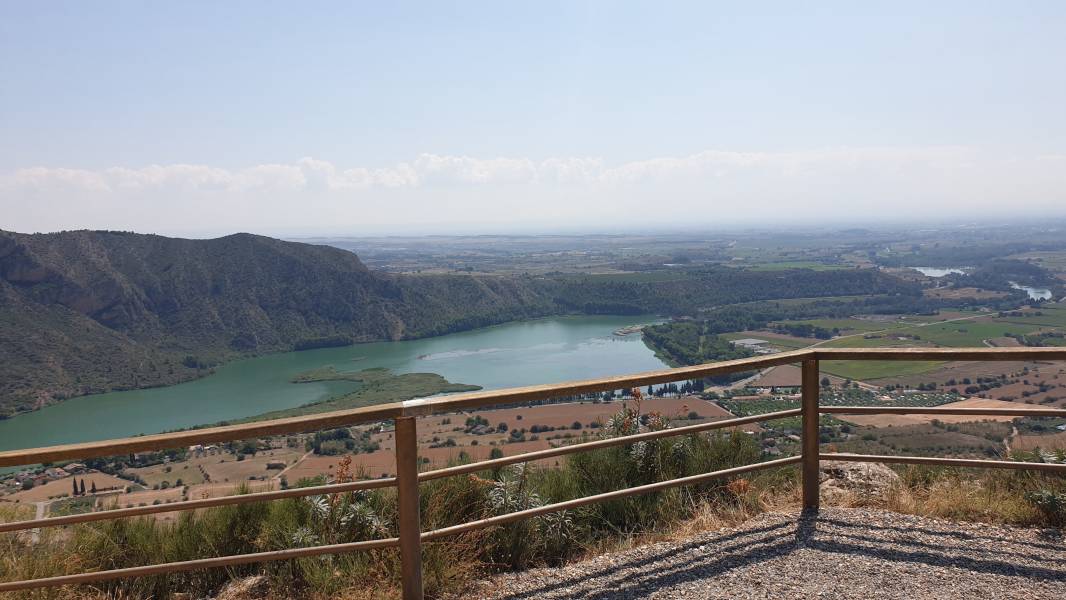Historical quotes and curiosities from Almenar
The town began its history in the
Moorish period , although both Iberian and Romanesque remains had already been found there. Almenar came under the jurisdiction of the prior of Santa Maria de
Solsona after the territory was conquered by Ermengol VI count of
Urgell and was repopulated with
Solsonés families and some from
Balaguer , who were attracted there by the lands that the count delivered them.
Also, it has been known that Almenar had a
Jewish aljama , which made the reconquest by the Christians more difficult. It wasn't until the 15th century, with the Catholic Kings, that the territory passed completely into Christian hands, after having been in Muslim hands several times.
Discover Almenar from your holiday cottage
The most emblematic architectural element of the municipality is the
parish church of Santa Maria . The original building is of Gothic style, but it was renovated in Neoclassical style during the s. XVIII, when the imposing
bell tower of 60 meters was added. Other historic buildings are the
Casa de la Vila , with an interesting neoclassical facade, and the
chapel of Sant Sebastià , from the 18th century.
Next to the church is
Casa Jan , now an ethnographic museum with everyday objects from other eras and on Carrer Major, the
Casa Tonot Museum.In the municipality, archaeological sites from the Bronze and Iron Ages have been discovered (the
Metxut ossuary, the hill of Sant Salvador ), the
field of urns from the Tudela site and the
Roman villas of the Sot plateau and the bridge by FerrandoWhat can you do in Almenar?
Without a doubt, we suggest you go into the
natural setting of the Segre-Noguera Pallaresa wetland , an oasis of vegetation in the middle of the most arid environment you can imagine. This area is part of the Natura 2000 network and is ideal for
hiking, hunting and fishing .
In the vicinity of the town, there is the possibility of following several
routes such as the one that leads to
the Unilla pit or the one that follows the
Canal de Pinyana , passing by the
flour mill (16th century) and the
ice well , located near the Munya bridge. On the other hand, the
Camí del Riu is a wonderful route that runs along the edge of Noguera Pallaresa for 10 km.
